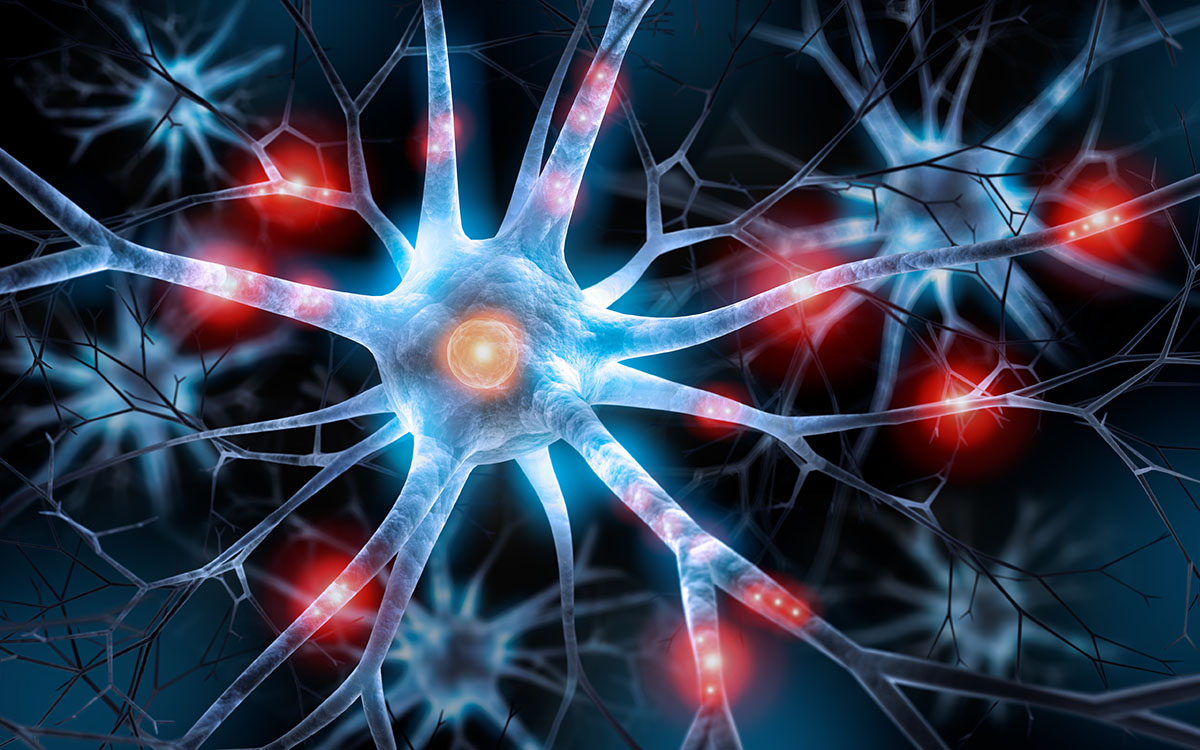synchronized chaos: why your brain isn’t anything like a computer

How many times have you heard the brain referred to as a computer? Probably more times than you can count. The analogy is so pervasive, the idea of uploading a mind to a machine is used as a plot point in comic books and science fiction about as often as amnesia in soap operas, and fuels the Singularity movement. But psychologist Robert Epstein is sick and tired of it, and decided to try and set the record straight with a longform essay in Aeon which argues that the brain as a computer comparison is just the latest in a long line of analogies in which our minds are compared to whatever the most sophisticated technology of the day was, and the reality is a lot messier, complicated, and less glamorous.
In short, a brain is a brain. It’s not a machine of any sort, it’s unique to each individual, and we need to find a better way to talk about it. Back in the day, we talked about why it’s impossible to upload a detailed map of a human brain into a computer, flip the switch, and bring the person back to life in the digital realm, focusing on the lack of information even the most thorough map of neural connections will give us. Epstein goes further than that, pointing out that what we’re often told about the role of neurons in our minds is incredibly oversimplified. We wouldn’t have a sum total of a person’s memories and skills because they’re never actually preserved in the brain the way we think they are.
how does your brain store information?
What we’d get are vague hints meant to jar certain neurons into firing based on stimuli unique to the individual. It could be a smell, a sound, a voice, or even triggered by another memory which in turn may trigger another memory, which then finally lights up the required part of the brain. Of course, at this point you may be wondering where the brain actually stores its memories. After all, you learned to swim, ride a bicycle, or repair motors, and so on. You know how to do them. Certainly the brain has this information, right? Where is it? The short answer? More or less everywhere. A longer answer is that we’re not entirely sure, but we know that how your brain is stimulated into remembering how to do something is stored with a group of neurons.
Those neurons will be responsible for the memory or skill and rearrange their connections to each other constantly every time they’re triggered, straightening with repeated access. As we sleep, these connections will be pruned and refined while the brain clears itself from particles and proteins which can gum up the works and cause neurodegenerative diseases. When the right stimulus comes along, it makes its way through the various connections in your brain and nudges them into action thanks to structures like the hypothalamus, which plays a role in long term memory recall. Complicating matters further still, the same neurons used to ride bicycles could also be used in remembering your parents’ faces or how to fill out a tax form.
the parallel, messy, chaotic brain
Basically everything in your brain is multi-purpose, connected, and parallelized, which is what gives it its power, but also makes it impossible to point to a specific spot in the brain and say that it’s responsible for one exact thing. Any neurobiologist will tell you that’s not true. While we know that certain areas can play specific roles and we can change how they behave with a bit of external magnetic simulation or with surgery, we’re doing the equivalent of changing a regional climate rather than local weather in the mind. Compare this with artificial neural networks, which have extremely clearly defined inputs and outputs, each virtual neuron is responsible for a very clearly defined unit of processing, and only math is used to calculate the relative strength of the pre-mapped connections in the network.
If we had no choice but to make some sort of a computer analogy, it would go something like this. A brain is a collection of highly interconnected microservice nodes which distribute data more or less at random while creating logs showing how to get to it for each other, some of the nodes play more defined roles due to the data they store, and every node is constantly busy, handling multiple functions. I would never design a system to function as its own backup and with every node having multiple, redundant functionalities. But that’s really the point. Brains are not designed. They evolved. They’re a complex system that came together from simple parts over more than half a billion of years, so it’s no wonder it’s a little weird and doesn’t neatly fit in the categories we try to create for it. Then again, nothing in in nature really does.





